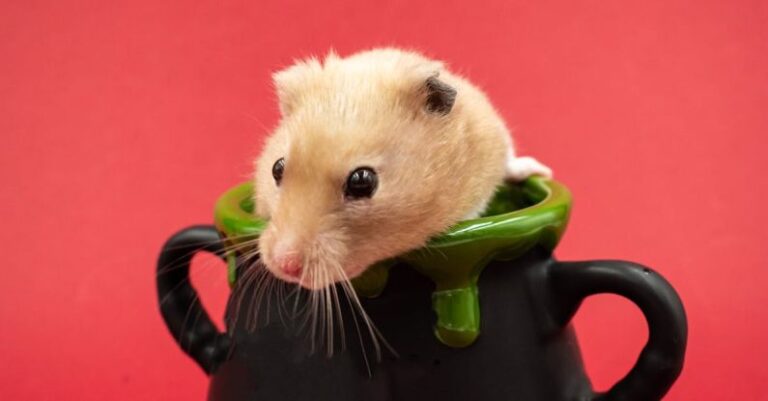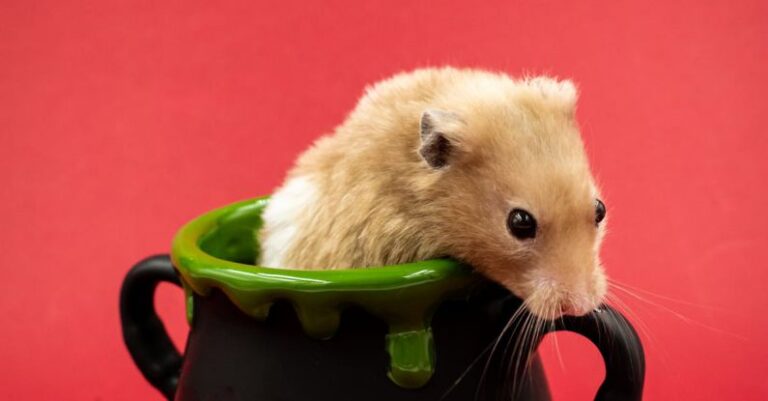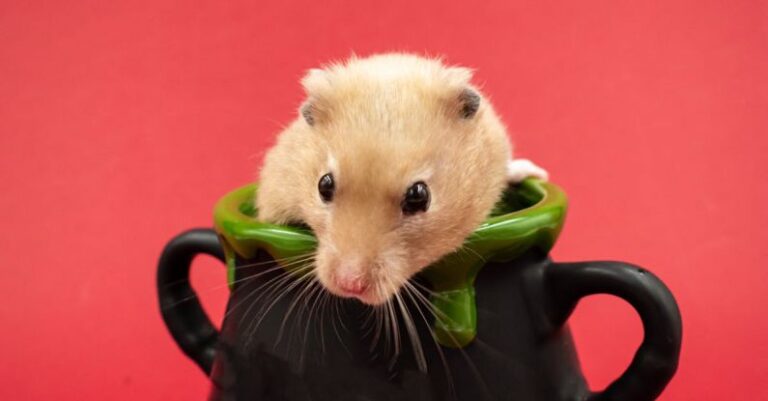
Hamsters are adorable and popular pets that bring joy and companionship to many households. Pairing hamsters can be a rewarding experience, but it requires careful consideration to ensure the well-being and happiness of the furry critters. Whether you are a new hamster owner or looking to introduce a new companion to your existing pet, here are some top tips for successfully pairing hamsters.
Understanding Hamster Social Behavior
Hamsters are generally solitary animals that prefer to live alone in the wild. However, in captivity, some species of hamsters can be housed together under the right conditions. It’s essential to understand the social behavior of hamsters before attempting to pair them up. Syrian hamsters, also known as golden hamsters, are strictly solitary and should never be kept together. On the other hand, dwarf hamsters, such as Roborovski, Campbell’s, and Winter White hamsters, can sometimes be housed in same-sex pairs or groups.
Choosing Compatible Hamsters
When pairing hamsters, it’s crucial to select individuals that are compatible in terms of age, sex, and temperament. Ideally, you should pair hamsters that are of similar ages to prevent one from bullying the other. It’s recommended to pair littermates or hamsters that have been raised together from a young age to increase the chances of a successful pairing. Additionally, it’s essential to pair hamsters of the same sex to avoid unwanted litters of baby hamsters.
Introducing Hamsters Gradually
Introducing hamsters to each other should be done gradually to prevent aggression and territorial disputes. Start by placing the hamsters in separate cages within close proximity to allow them to become familiar with each other’s scent and presence. After a few days, you can try swapping bedding or toys between the cages to further familiarize the hamsters with each other’s scent.
Once the hamsters seem comfortable with each other’s presence, you can attempt a supervised introduction in a neutral territory, such as a playpen or bathtub. Keep a close eye on the hamsters’ interactions and be prepared to separate them if any signs of aggression or fighting occur. It’s essential to be patient during the introduction process and not rush the hamsters into living together.
Monitoring Their Interactions
After the hamsters have been introduced and are living together, it’s important to monitor their interactions closely to ensure that they are getting along. Some level of hierarchy and dominance behavior is normal among hamsters, but if you notice any signs of aggression, such as fighting, biting, or excessive chasing, it may be necessary to separate the hamsters and try reintroducing them at a later time.
Providing Adequate Space and Resources
When pairing hamsters, it’s essential to provide them with enough space and resources to prevent territorial disputes. Each hamster should have their own hideout, food dish, water bottle, and exercise wheel to minimize competition and stress. Additionally, larger cages with multiple levels and hiding spots can help reduce conflicts between paired hamsters.
Creating a Bond Through Play and Enrichment
To strengthen the bond between paired hamsters, engage them in interactive play and enrichment activities. Providing a variety of toys, tunnels, and chew items can keep the hamsters mentally stimulated and prevent boredom. Spending time interacting with your hamsters through gentle handling and playtime can also help build trust and companionship between the pair.
Conclusion: Ensuring a Harmonious Pairing
Pairing hamsters can be a rewarding experience when done thoughtfully and with consideration for the individual needs and behaviors of the animals. By understanding hamster social behavior, choosing compatible hamsters, introducing them gradually, monitoring their interactions, providing adequate space and resources, and creating a bond through play and enrichment, you can increase the chances of a harmonious pairing. Remember that each hamster is unique, and some pairs may not get along despite your best efforts. Always prioritize the well-being and safety of your pets when considering pairing them together.





